Understanding and Managing Laminitis in Horses
Laminitis.
It’s a word that no horse owner ever wants to hear. This painful hoof condition can come on suddenly, and if not managed properly, it can have devastating consequences. But with the right knowledge and a solid prevention plan, you can help protect your horse from this potentially career-ending, and sometimes life-threatening, disease.
Let’s break down what laminitis is, why it happens, and most importantly, how to prevent and manage it.
What is Laminitis?
Laminitis affects the laminae, the tiny but powerful structures inside a horse’s hoof that attach the hoof wall to the coffin bone. When inflammation damages these structures, the connection weakens, causing the coffin bone to shift or, in severe cases, rotate or sink within the hoof. This is incredibly painful and can lead to long-term lameness—or worse, euthanasia—if not treated quickly.
What Causes Laminitis?
Laminitis isn’t a single-disease condition; rather, it’s a clinical syndrome triggered by various factors. Some of the most common causes include:
Metabolic Disorders
Horses with Equine Metabolic Syndrome (EMS) or Cushing’s disease (PPID) are at higher risk. These conditions lead to insulin dysregulation, which can trigger laminitis even without an obvious external cause. Managing these horses carefully—especially their diet—is key.
Learn more about metabolic disorders and laminitis
Dietary Factors
Horses that consume too much sugar and starch—whether from lush spring grass, high-carb grains, or sudden dietary changes—are at risk. Their bodies react by overproducing insulin, which can disrupt hoof circulation and lead to laminitis.
Pasture-associated laminitis is particularly common in spring and fall when grass is rich in fructans, a type of sugar that can spike insulin levels.
Learn how to manage grazing for horses prone to laminitis
Mechanical or Weight-Bearing Laminitis
If a horse has an injury in one limb, they may put excessive weight on the opposite limb, leading to laminitis in the overloaded hoof. This type is commonly seen in horses with fractures, tendon injuries, or chronic lameness in one leg.
Systemic Illness and Toxins
Serious conditions such as colic, retained placenta in broodmares, or severe infections can trigger laminitis. These conditions release toxins into the bloodstream, which can damage the laminae and cause rapid-onset laminitis.
Recognizing the Early Signs of Laminitis
Catching laminitis early gives your horse the best chance at recovery. Some key signs to watch for include:
- A reluctance to move, especially on hard surfaces or when turning
- Shifting weight between front feet
- Increased heat in the hooves
- A strong or bounding digital pulse in the affected hooves
- A “rocked-back” stance, where the horse leans back to take pressure off the front feet
In more advanced cases, horses may lie down more frequently or show hoof wall rings and bruising from previous episodes.
How veterinarians evaluate horses with laminitis
Emergency Steps if You Suspect Laminitis
Laminitis is a true emergency, and acting fast can make all the difference in your horse’s outcome.
- Move the horse onto soft footing—deep bedding or sand can help relieve pressure on the hooves.
- Apply ice—continuous cooling of the hooves can help slow inflammation.
- Restrict movement—limit exercise until a vet has assessed the situation.
- Call your veterinarian immediately—early intervention can prevent irreversible damage.
See a full emergency protocol for laminitis
Managing and Preventing Laminitis
Once a horse has experienced laminitis, they’re more susceptible to future episodes. Prevention and long-term management should focus on diet, hoof care, and weight control.
Diet and Nutrition
For horses prone to laminitis, diet is everything.
- Limit sugar and starch intake—avoid grain-heavy diets and high-sugar hays.
- Feed low non-structural carbohydrate (NSC) hay—tested to be under 10-12% NSC.
- Use grazing muzzles or dry lots for horses that need restricted pasture access.
- Consider nutritional supplements like omega-3 fatty acids, biotin, and magnesium to support hoof health.
More on dietary management for laminitic horses
Hoof Care and Farrier Support
A well-trimmed and balanced hoof can relieve pain and prevent further damage. Some laminitic horses benefit from:
- Supportive shoeing—heart bar shoes, wedge pads, or clogs can redistribute weight.
- Barefoot rehabilitation—some horses do better without shoes, allowing the hoof to function naturally.
Discuss options with both your vet and farrier to determine the best approach for your horse.
Read about therapeutic shoeing for laminitis
Exercise and Weight Management
Keeping horses at a healthy weight reduces strain on their feet and improves metabolic health. Light, controlled exercise (once cleared by a vet) can help improve circulation and support recovery.
Horses with Equine Metabolic Syndrome or Cushing’s Disease need extra weight management support, as obesity significantly increases laminitis risk.
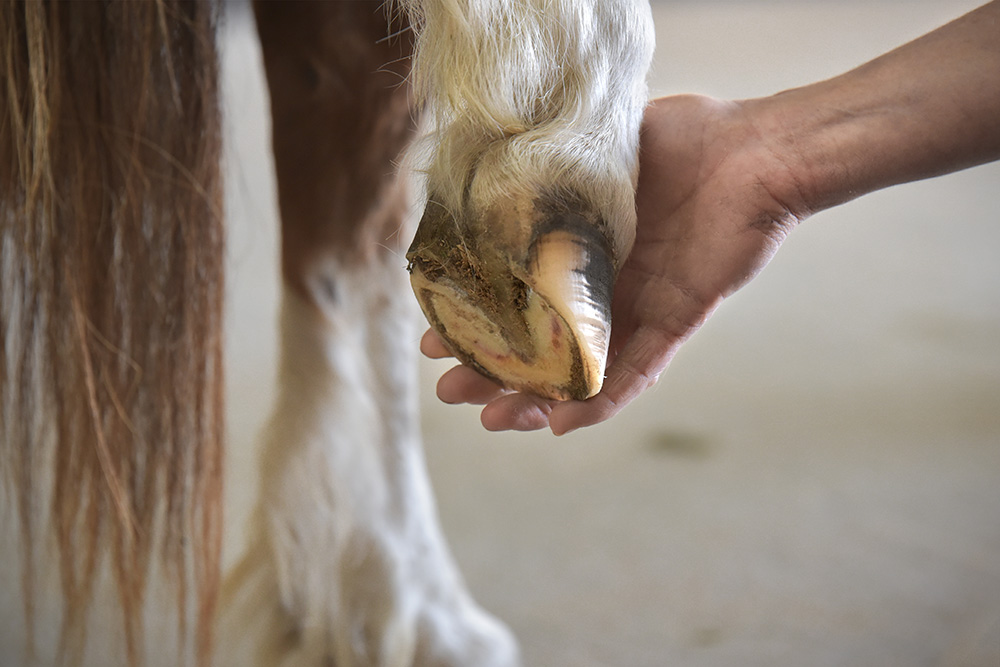
When to Call Your Veterinarian
If your horse shows any signs of laminitis, don’t wait—early intervention is critical. Call your vet immediately if you notice:
- Reluctance to move or shifting weight uncomfortably
- Increased hoof heat and a strong digital pulse
- Sudden lameness, especially after dietary changes
Routine wellness checks, metabolic testing, and pasture management can prevent many cases of laminitis before they start.
Our equine care team is here to help
Laminitis is a serious condition, but it’s not a hopeless one. With early detection, the right management strategies, and a strong partnership with your vet and farrier, many horses can go on to live comfortable, active lives.
If you have concerns about your horse’s risk for laminitis or need guidance on prevention, schedule an exam with our equine veterinary team today.

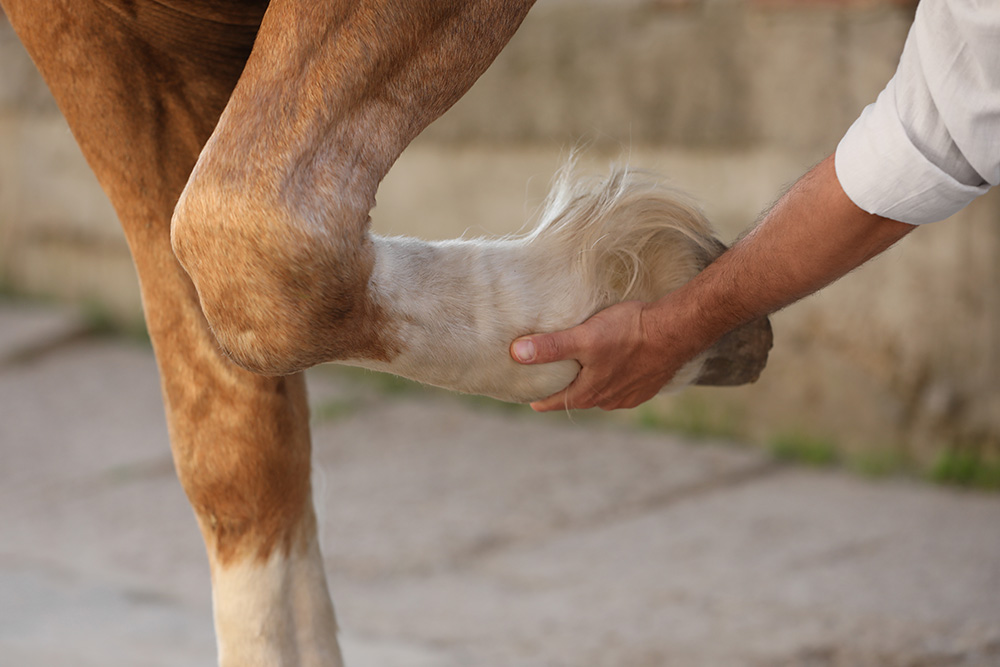

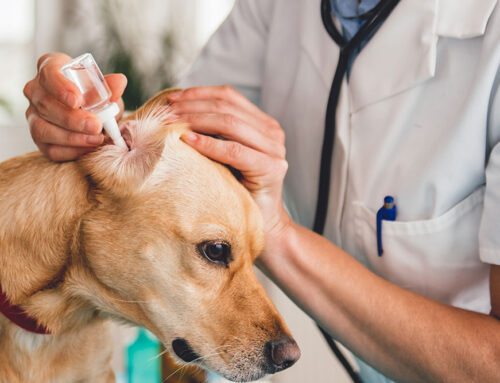
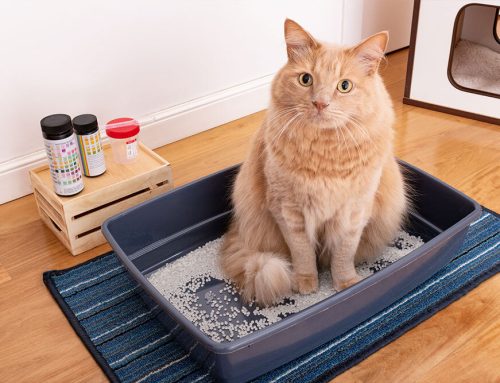
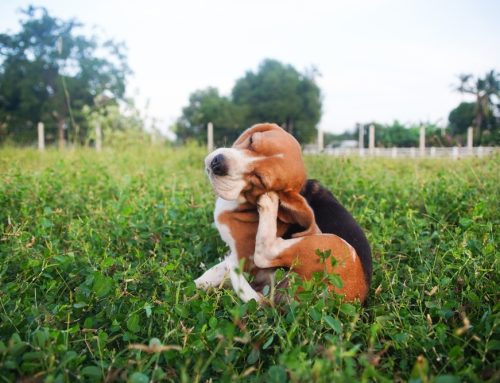
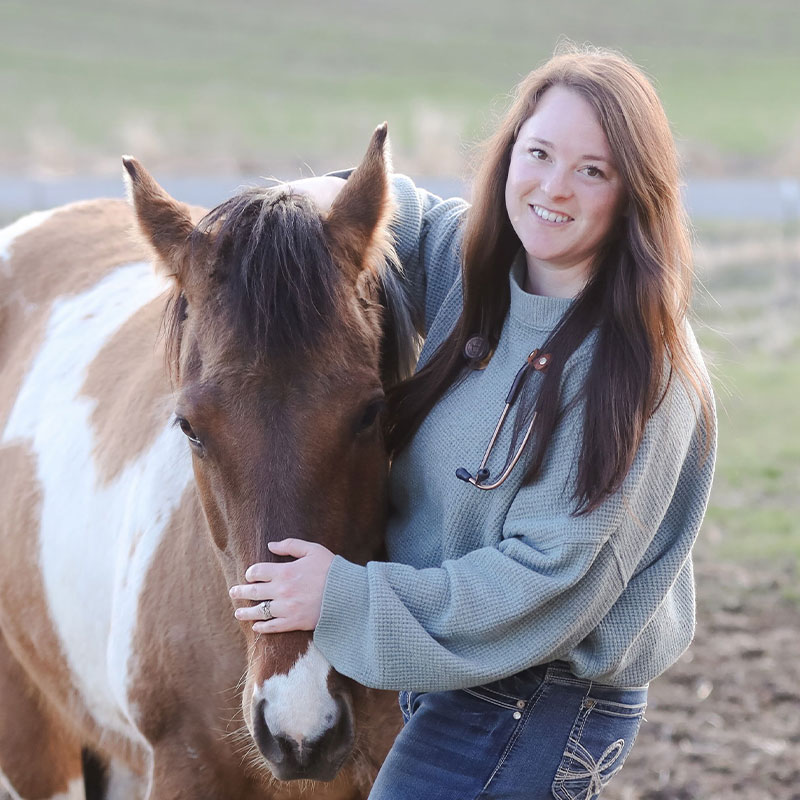

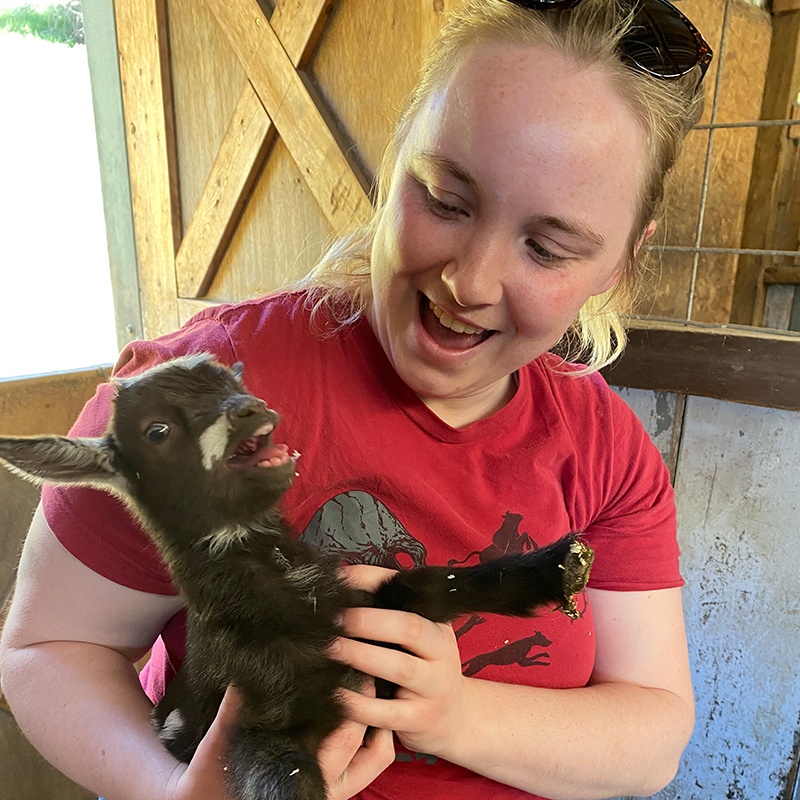

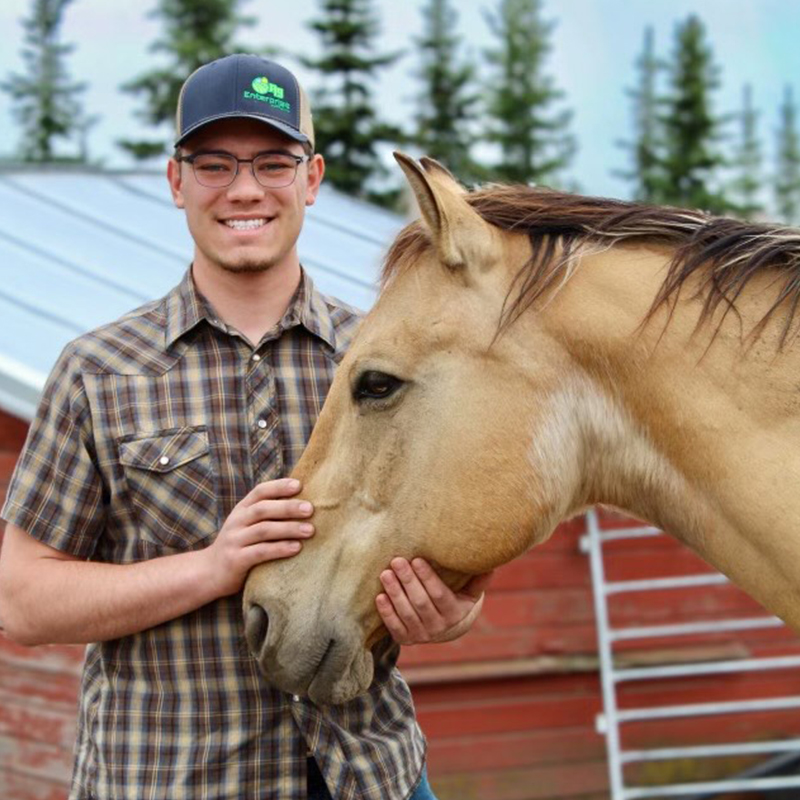
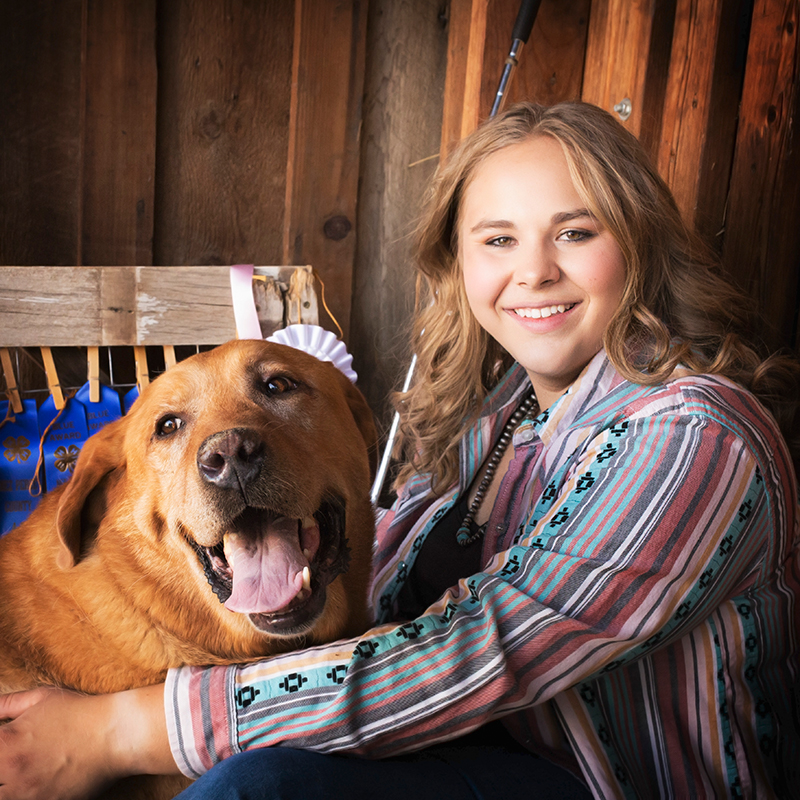


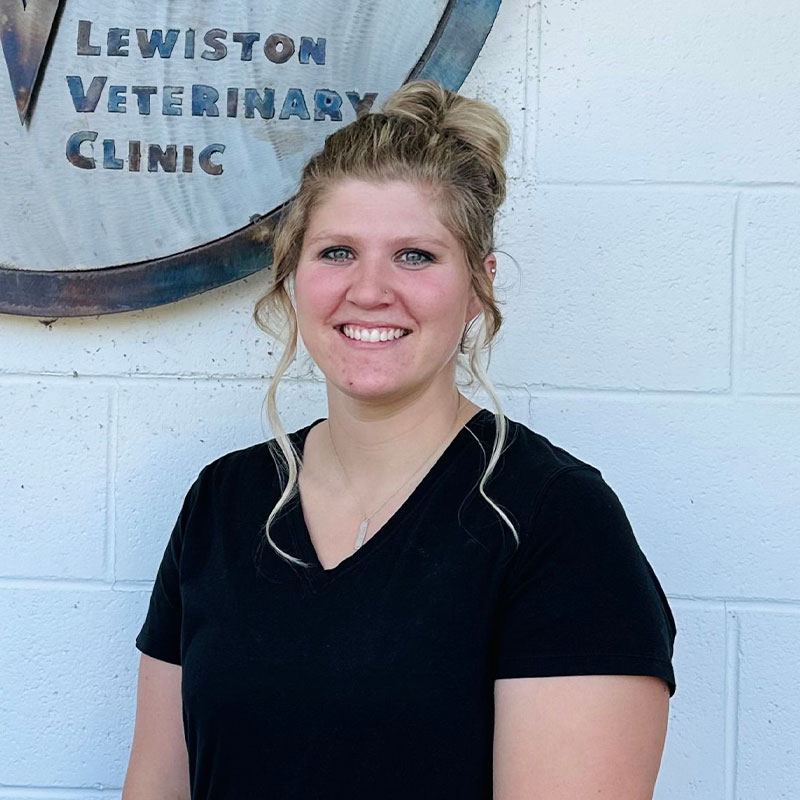





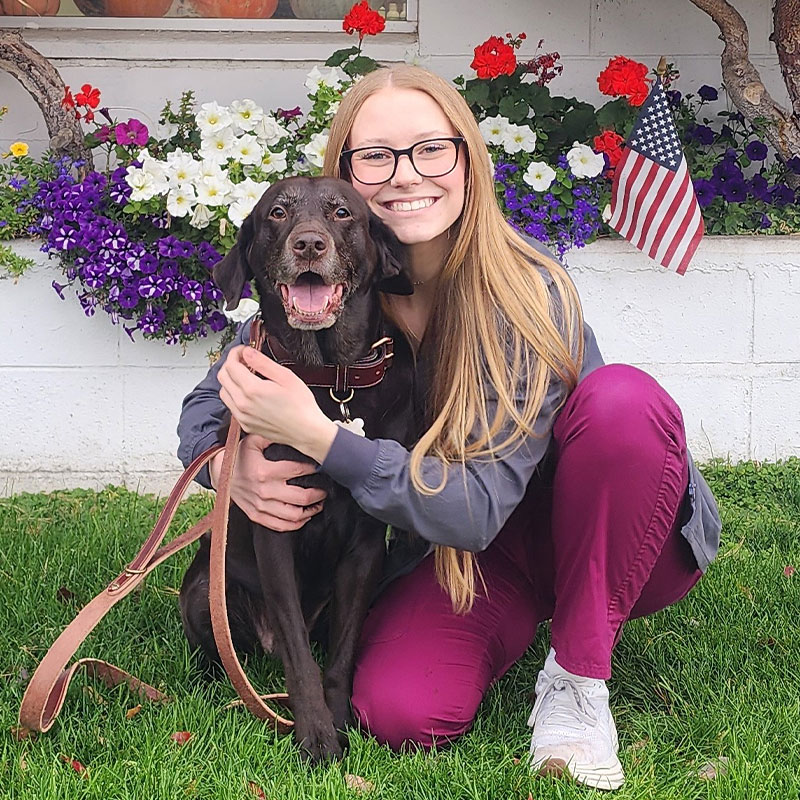
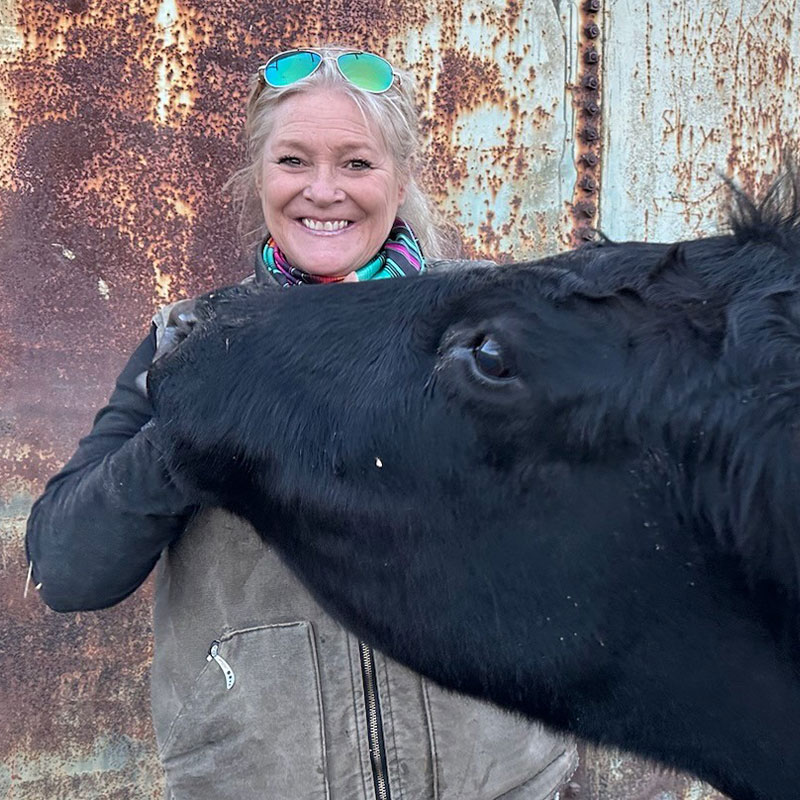
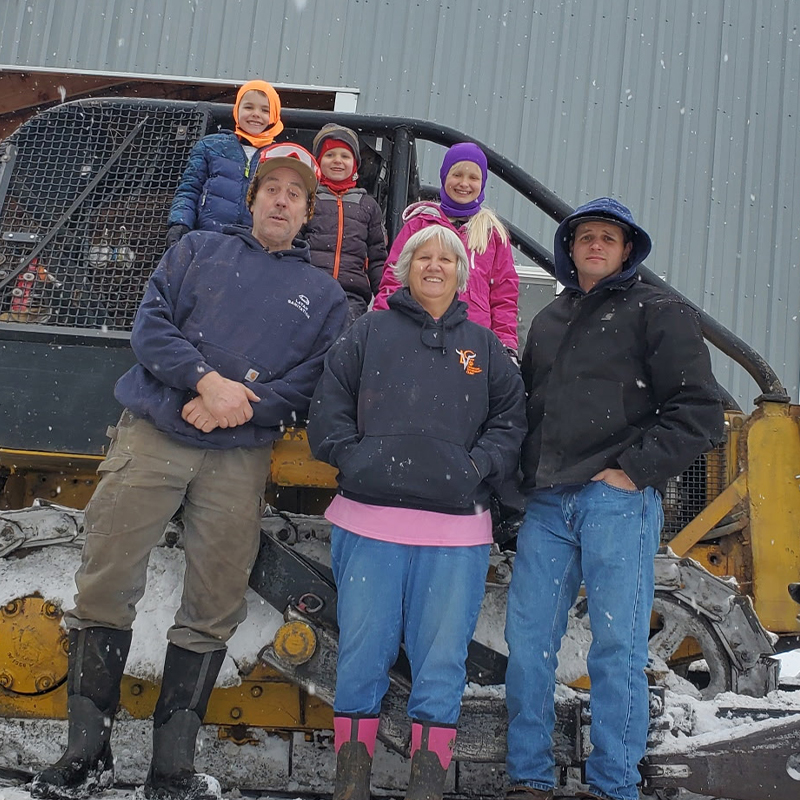





Leave A Comment